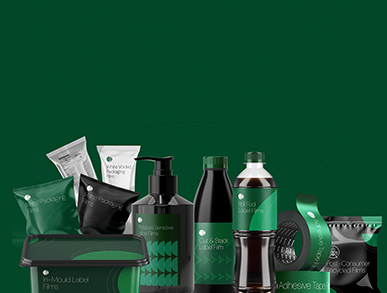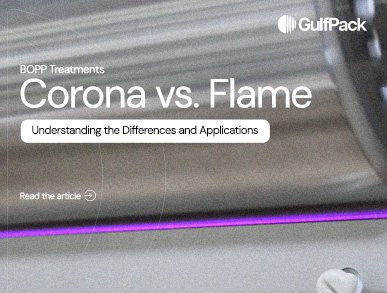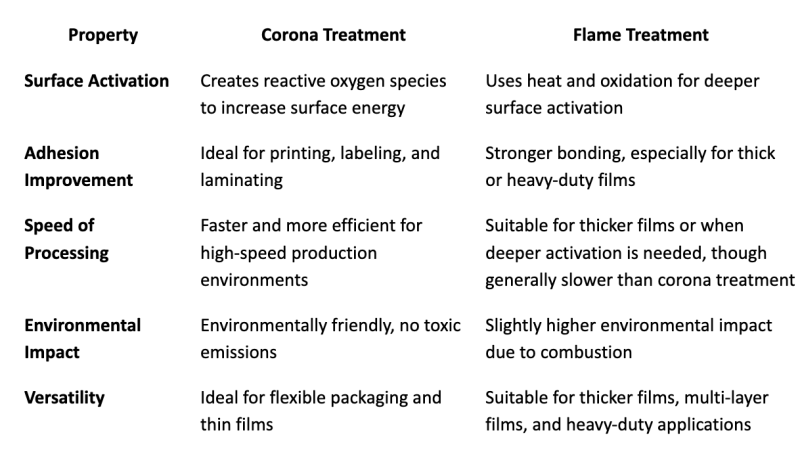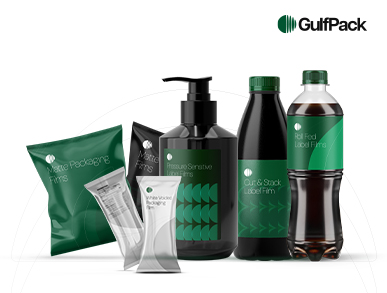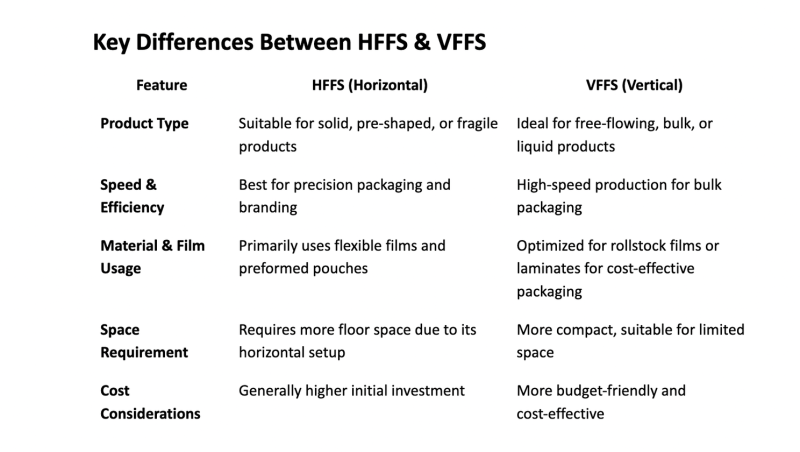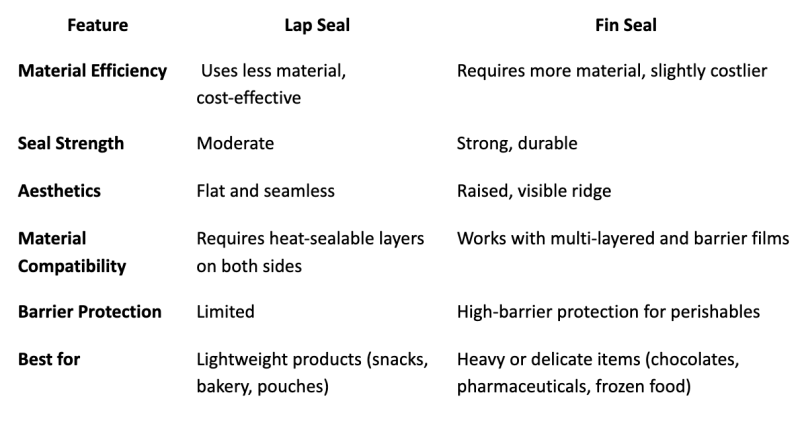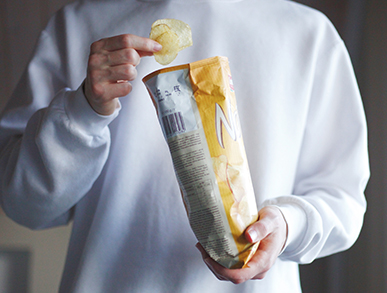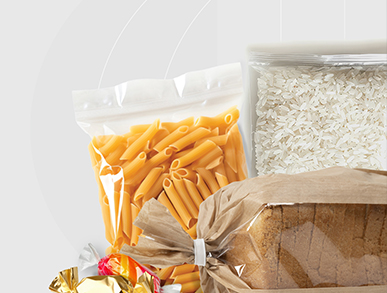In the competitive packaging landscape of today, brands can no longer rely on packaging that merely contains the product. They demand materials that safeguard, visually elevate, and sustainably support their goods across the supply chain.
Among the many materials available, Cast Polypropylene (CPP) Films have emerged as an indispensable solution—especially where product visibility, freshness, and protection are paramount. Their versatility has made them a cornerstone of modern flexible packaging, enabling brands to balance performance, efficiency, and sustainability.
1. Product Visibility and Brand Differentiation
In retail, first impressions matter. Consumers make split-second decisions on the shelf, and packaging plays a defining role. CPP films excel here by offering:
1. Exceptional clarity and gloss, allowing the product itself to become the visual draw.
2. High printability, making them ideal for vibrant branding, smart packaging, and eye-catching shelf impact.
This translates into stronger consumer trust and enhanced brand recognition—particularly in premium or impulse-driven markets.
2. Ensuring Freshness with Superior Barrier Properties
When it comes to food and pharmaceuticals, freshness and integrity are non-negotiable. CPP films deliver:
1. Moisture, oxygen, and light resistance that helps preserve flavor, aroma, and nutritional value.
2. Compatibility with metallization and advanced coatings to elevate barrier performance even further.
By extending shelf life and protecting quality, CPP films not only keep products safe but also reduce food waste—driving both consumer satisfaction and sustainability.
3. Robust Protection and Performance
Packaging must do more than look good—it has to endure the rigors of logistics, storage, and handling. CPP films stand out with:
1. High tensile strength, puncture, and tear resistance, ensuring products arrive safely.
2. Superior heat-sealing properties, offering airtight packaging essential for tamper-evidence and safety.
These qualities make CPP films the trusted choice across industries where reliability is paramount—from food and beverages to healthcare and beyond.
4. Cost-Efficiency Meets Operational Agility
Brands today are challenged to balance performance with cost competitiveness. CPP films provide an edge with:
1. Efficient production through cast extrusion, ensuring faster runs, less waste, and better yield.
2. Lightweight yet durable design, reducing shipping costs and material usage without sacrificing quality.
This cost-performance balance helps brands remain agile and competitive in a demanding global marketplace.
5. Sustainability in the Spotlight
As consumer expectations and regulatory pressures grow, sustainable packaging is no longer optional. CPP films are evolving to meet these demands:
1. Recyclability in mono-material packaging structures.
2. Lightweight construction, reducing material and energy consumption.
3. Alignment with circular economy initiatives, driving eco-friendly packaging solutions.
While recycling challenges persist—especially for multi-material or metallized films—advancements in mono-PP structures and circular design are paving the way for greener packaging systems.
6. Market Dynamics and Growth Trends
The global CPP film market is expanding rapidly, driven by several key factors:
1. Rising demand in food packaging and pharmaceuticals, as convenience and hygiene take center stage.
2. Technological innovations such as multilayer co-extrusion and nano-coatings, enhancing performance.
3. Strong growth in emerging markets like Asia-Pacific, fueled by urbanization and rising packaged goods consumption.
4. Growth of e-commerce and online retail, where CPP films deliver both durability and visual appeal for shipped goods.
These dynamics highlight why CPP films are not just a packaging material, but a growth enabler for industries worldwide.
7. Challenges and Resilience
Like any material, CPP films face challenges that must be addressed:
1. Raw material price volatility, which impacts profitability.
2. Competition from biodegradable films and PE/BOPP alternatives in certain use cases.
3. Recycling infrastructure limitations, particularly for metallized variants.
Yet, the industry continues to respond with innovation—developing eco-solutions, circular packaging models, and advanced material science to ensure CPP films remain competitive and future-ready.
Conclusion
CPP films are far more than just packaging—they are the strategic foundation for performance-driven brands. With unmatched clarity, freshness, protection, cost-efficiency, and growing sustainability, they empower companies to meet consumer expectations while staying ahead of industry trends.
As packaging evolves, CPP films will remain at the forefront—supporting innovation, trust, and forward-looking solutions. At GulfPack, we are proud to integrate CPP films into our product portfolio, delivering flexible packaging designed for the future.

